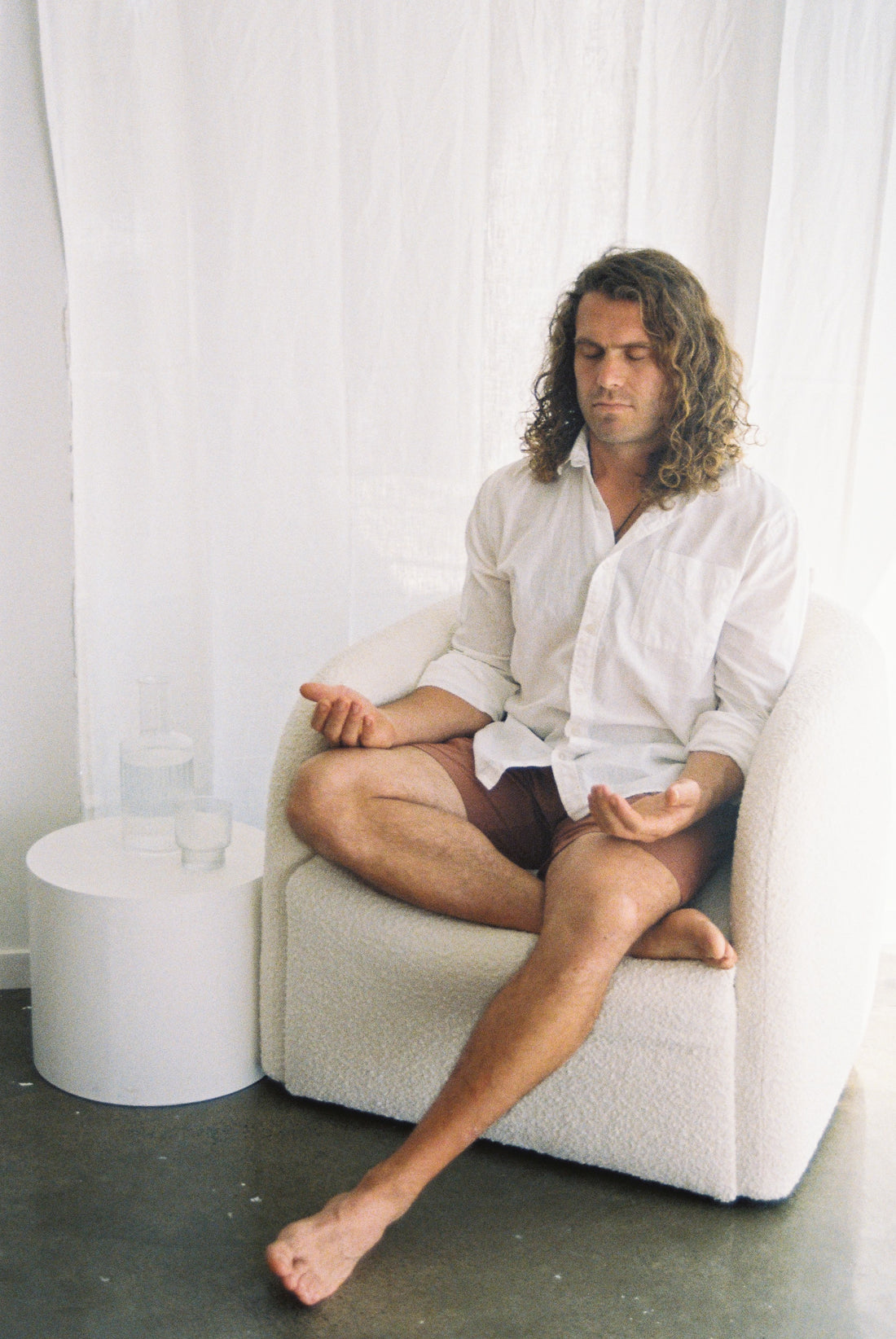Embarking on a meditation journey can be a life-changing experience. But if you're new to meditation, you might be wondering, "How do I start?" Fear not! Meditation is accessible to everyone, including beginners. Let's explore a step-by-step guide to help you begin your mindfulness journey.
Step 1: Find a Comfortable Space
Choose a quiet and comfortable space for your meditation practice. It could be a corner of your room, a cozy spot in your garden, or a serene park. The key is to select a place where you can sit comfortably without distractions.
Step 2: Set a Time
Consistency is the key to establishing a meditation practice. Choose a time that works best for you, whether it's early in the morning, during your lunch break, or before bedtime. By meditating at the same time daily, you'll develop a habit that becomes an essential part of your routine.
Step 3: Get Comfortable
Sit in a comfortable position that supports your spine. You can sit cross-legged on the floor or use a chair with your feet planted on the ground. The goal is to maintain an upright posture that allows for easy breathing.
Step 4: Focus on Your Breath
Close your eyes or lower your gaze and bring your attention to your breath. Feel the natural rhythm of your breath as it flows in and out. If your mind starts to wander, gently guide your focus back to your breath.
Step 5: Be Present with Your Senses
As a beginner, it's natural for your mind to wander during meditation. Instead of getting frustrated, embrace the experience with a sense of curiosity. If you find it challenging to focus on your breath, try being present with your senses.
Listen to the sounds around you, feel the sensation of your body against the surface you're sitting on, and notice any scents in the air. Engaging your senses can anchor your attention and enhance your present-moment awareness.
Step 6: Embrace Mindful Acceptance
During meditation, thoughts and emotions might arise. Rather than resisting or engaging with them, practice mindful acceptance. Acknowledge these thoughts and feelings without judgment, allowing them to pass like clouds in the sky.
Remember, meditation is not about emptying your mind. It's about observing your thoughts and emotions with compassion.
Step 7: Start with Short Sessions
As a beginner, start with short meditation sessions, around 5 to 10 minutes. Gradually increase the duration as you become more comfortable with the practice. Consistency is more important than length when establishing a meditation routine.
Step 8: Seek Guidance
If you find it challenging to meditate on your own, consider seeking guidance from meditation apps, online resources, or guided meditation recordings. These resources can provide structure and support as you develop your practice.
Step 9: Be Patient and Kind to Yourself
Meditation is a journey of self-discovery, and like any journey, it takes time and patience. Be kind to yourself and avoid judging your progress. Embrace the process, and know that each meditation session is an opportunity to learn and grow.
The Flow States Method for Beginners
In our Meditation Teacher training, we focus on empowering meditation teachers to guide beginners with confidence and compassion. The Flow States Method offers a framework that allows you to meet your students where they are on their meditation journey.
As you deepen your understanding of the Flow States Method, you'll learn how to create engaging and immersive meditation experiences for beginners. By combining mindfulness techniques, and a sense of exploration, you'll nurture a supportive and inclusive space for your students.
The Journey of Mindfulness
As a beginner, you're embarking on a journey of mindfulness and self-discovery. Meditation opens the door to understanding yourself on a deeper level, cultivating inner peace, and embracing the present moment.
Through regular practice and guidance, you'll develop a sense of inner stillness and clarity. Meditation becomes a refuge from the busyness of life, providing a sanctuary where you can find balance and rejuvenation.
Join the Mindful Community
As you continue your meditation journey, consider joining a mindful community or attending meditation groups. Connecting with like-minded individuals who share your passion for mindfulness can be a source of inspiration and encouragement.
Through our Meditation Teacher training, you'll also have the opportunity to be part of a supportive community of meditation teachers. This network becomes a valuable resource for exchanging ideas, sharing experiences, and learning from one another.
Embrace the Beauty of Meditation
In conclusion, meditation for beginners is an exploration of presence and self-awareness. By following these steps and embracing the guidance of the Flow States Method, you'll embark on a journey of mindfulness

